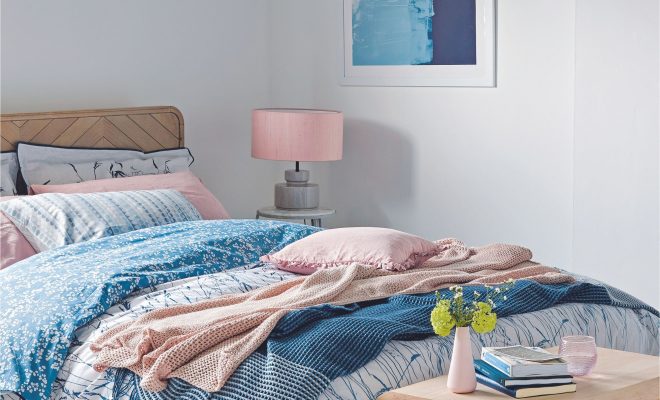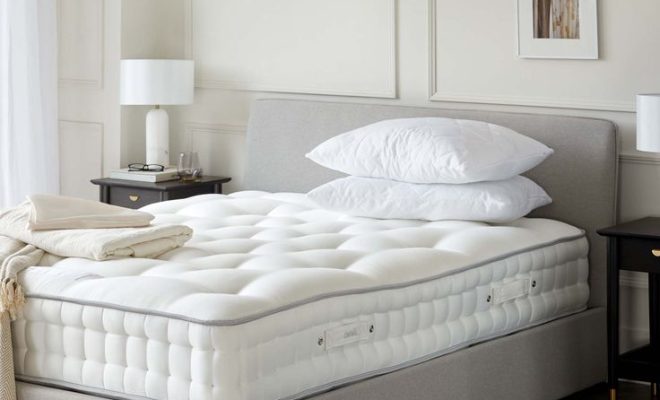The Best Bedding Colours to Help You Get to Sleep, According to Colour Psychology

The quest for a good night’s sleep has transcended the mere search for a comfortable mattress and expanded into the realm of color psychology. Color influences mood and behavior, making the choice of bedding colors a critical factor in sleep quality.
Blue: The Tranquilizer
Blue tops the list when it comes to promoting sleep. Neuroscience has shown that this color greatly reduces stress, helping to calm the mind and lower heart rate. Blue mimics the twilight sky, signaling the brain that it’s time to wind down.
Green: Nature’s Balm
Green hues reflect nature and promote restfulness. This color is reminiscent of grass and trees which may explain its soothing effects on sleep patterns. It’s often associated with renewal and rest, perfect for creating a tranquil sleeping environment.
White: The Peaceful Blanket
White is synonymous with cleanliness and simplicity. It can minimize distractions, allowing your mind to declutter as you drift off into slumber. White is a popular choice for those favoring a minimalist aesthetic that encourages peace and quiet.
Silver: Shimmering Serenity
Not typically on the spectrum we consider for relaxation, silver has a surprising benefit. The metallic tone can mimic moonlight when hit by subtle natural light, evoking a peaceful nocturnal atmosphere conducive to sleep.
Yellow: Softly Stimulating
Soft yellow tones can be cheerful without being overly stimulating. Lighter shades of yellow can help create an inviting and cozy feel, which may reduce anxiety and aid in relaxation at bedtime.
Pink: Gentle & Nurturing
Light pink shades have a calming effect that may reduce feelings of aggression or neglect. Known for its nurturing properties, gentle pink bedding could generate warmth and comfort, facilitating emotional calm before falling asleep.
When selecting bedding colors according to color psychology, pastel or muted versions of these colors are preferable over their saturated counterparts, as they are less likely to stimulate the brain excessively. Always consider personal preferences as well because comfort is subjective; you’ll sleep best surrounded by colors you inherently find soothing.
Remember that color is only one piece of the puzzle when crafting an ideal sleep space; other factors include texture, lighting, and overall room décor. Nevertheless, integrating color psychology principles into your choice of bedding could be your ticket to blissful nights and refreshing mornings.






